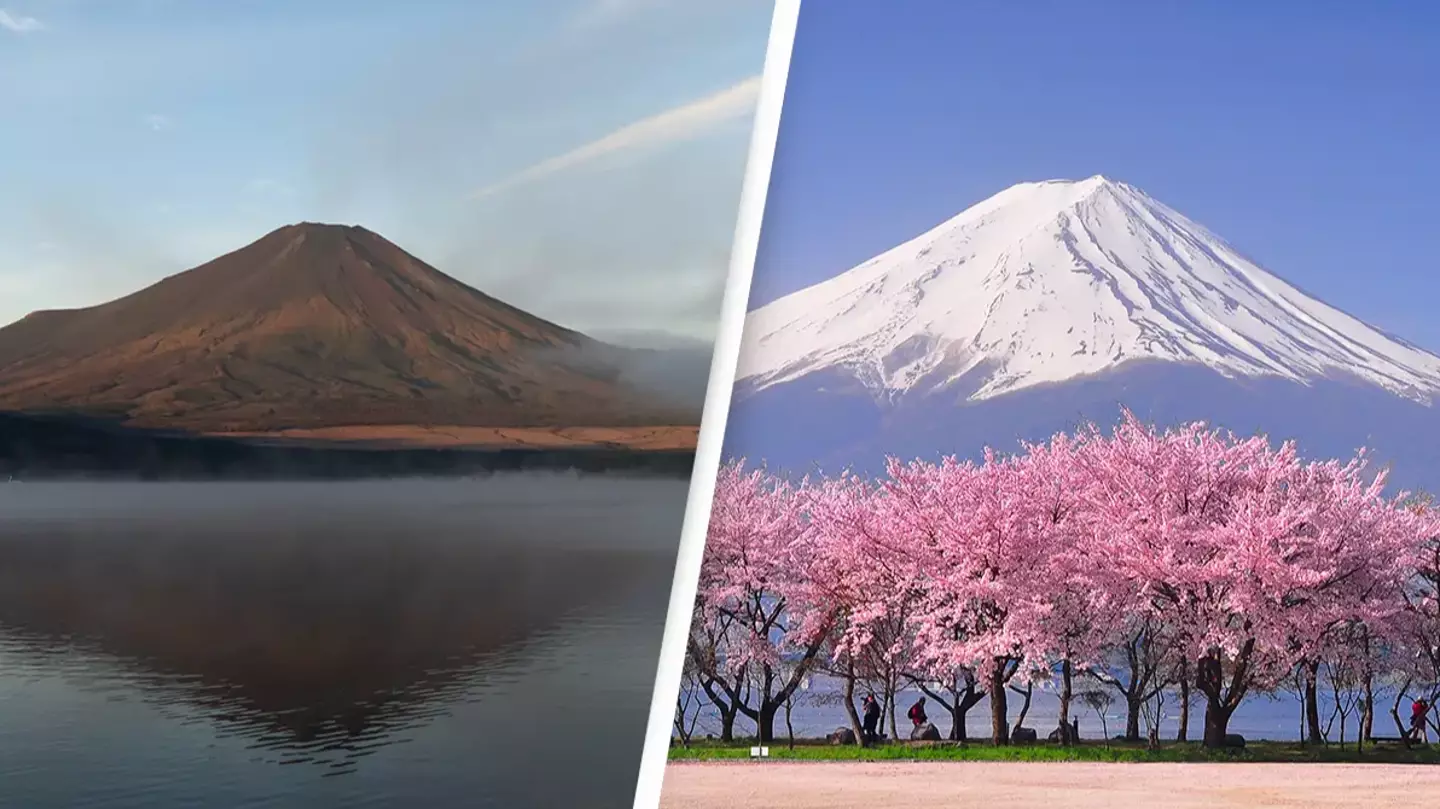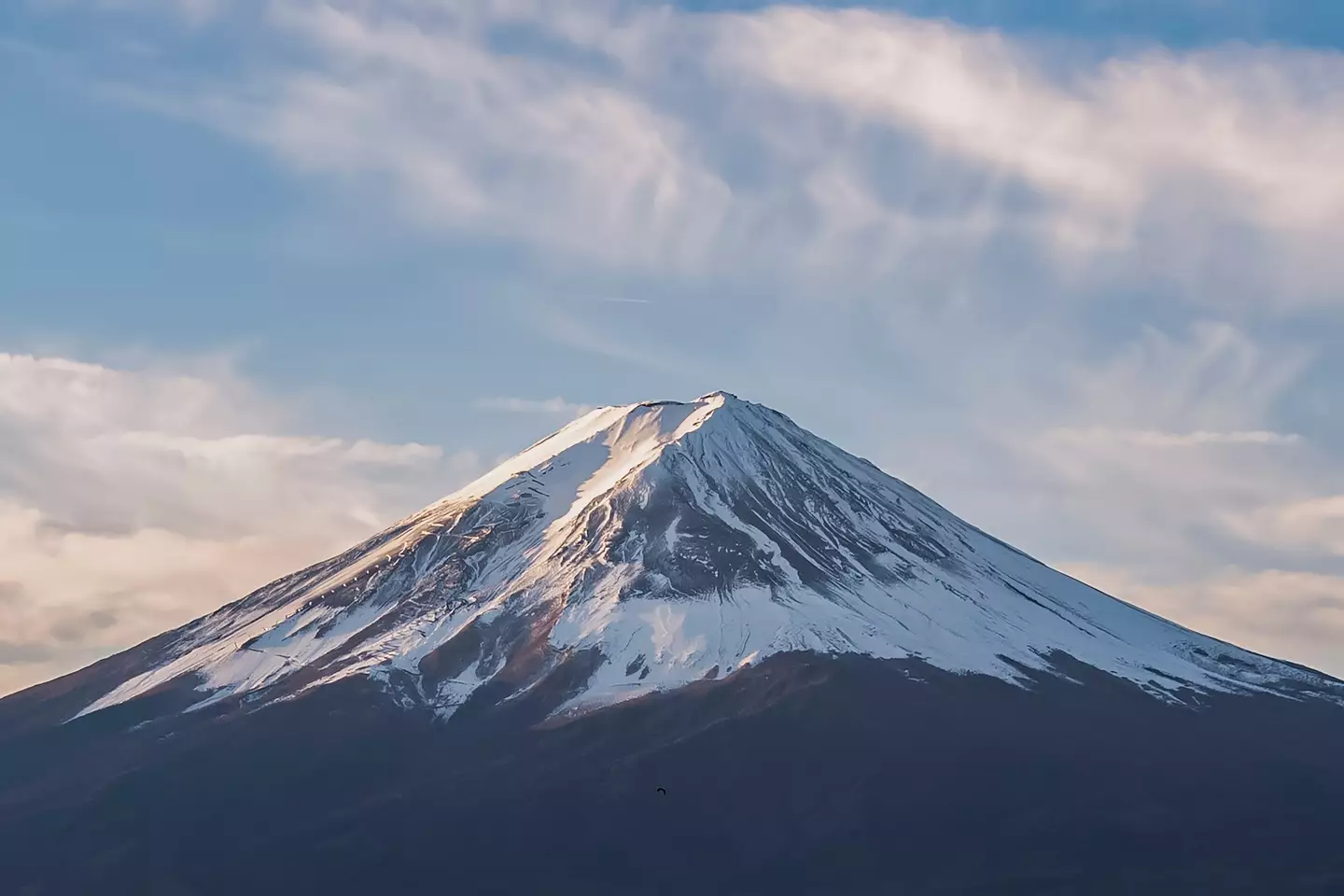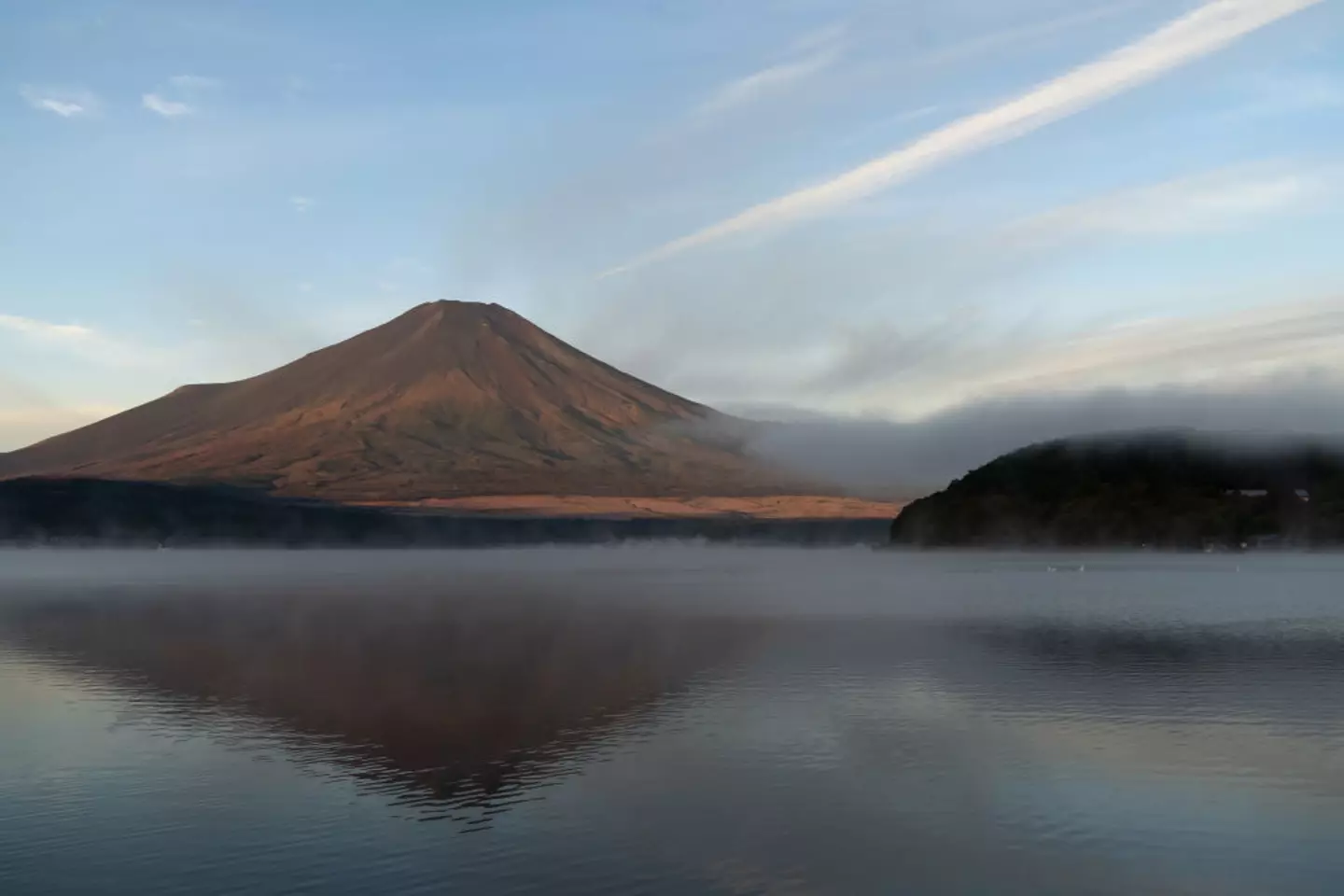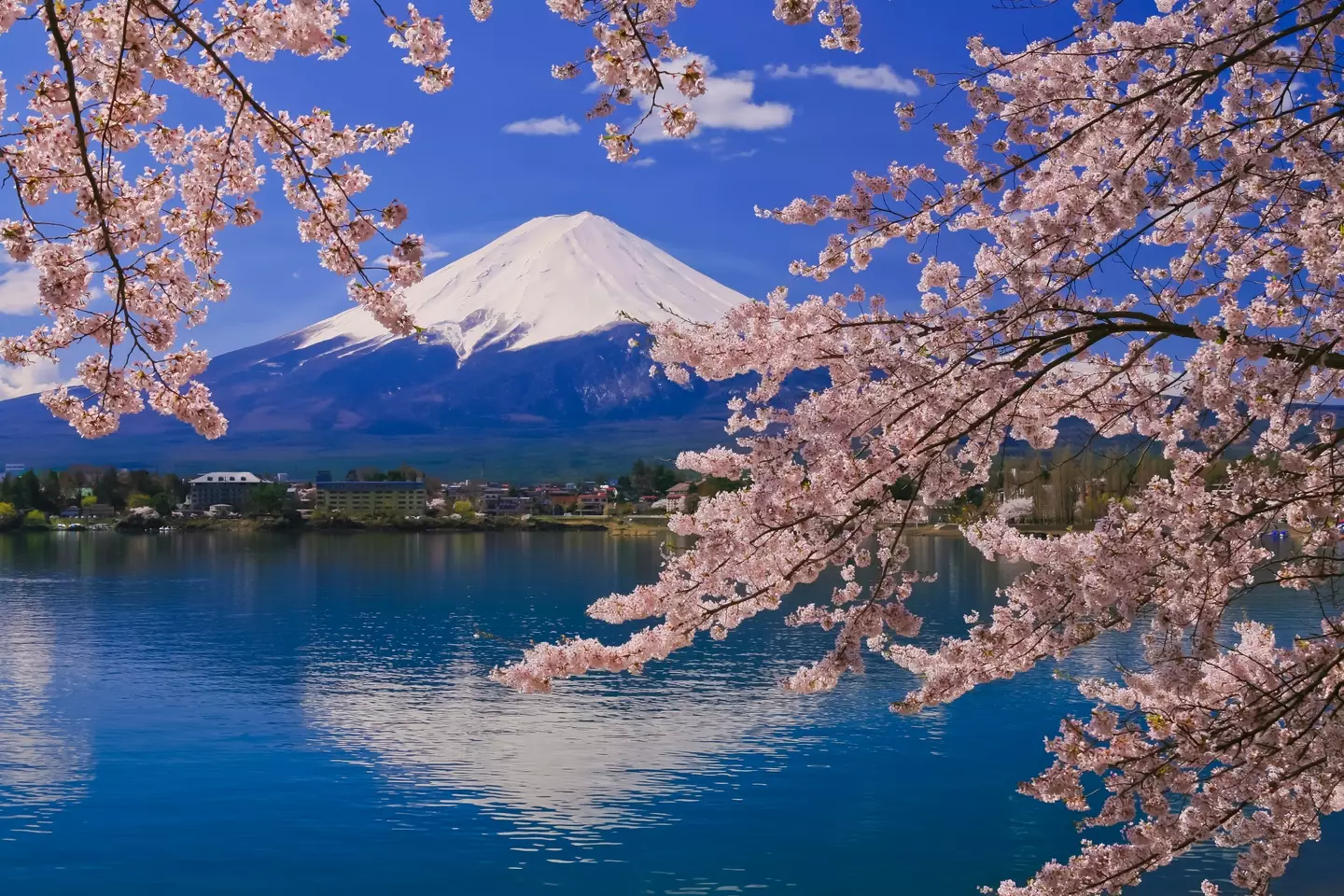
Climate change is a hugely controversial topic, one that seems to provide a lot of disagreement on social media and the rest of the web. But the impacts of global warming have perhaps never been so apparent when you look at the state of the Japanese famous landmark Mount Fuji.
Typically by the start of October, Japan’s highest mountain has a cover of snow covering its impressive peaks, but this is certainly not the case this year.

Mount Fuji has no snow this year (Getty Stock Photo)
CNN reports that as of Tuesday (29 October), the summit of Mount Fuji remained bare, leading to many questioning the impact climate change is having on our planet.
Japan’s weather agency state that snow beings to land on Mount Fuji on average on 2 October, with the first sign of snowcaps confirmed as being on the 5 October last year.
But Japan’s Kofu Local Meteorological Office is yet to make such an announcement this year, which comes as a massive surprise considering the hiking season ended in the region back in September.
The weather experts have cited unusual warm weather as a contributing factor to the lack of snow.

Mount Fuji pictured today, 31 October (Tomohiro Ohsumi/Getty Images)
Meteorological officer at the Kofu office, Shinichi Yanagi, told CNN: “Because of the fact that high temperatures in Japan have been continuing since the summer and as it has been raining, there has been no snowfall.”
Climate Central has concluded that the usually hot October heat Japan has experienced is most likely because of the ongoing climate crisis.
The El Niño pattern is a major contributor to increases in temperatures across the planet, with many deeming it the most important factor to the changes we are seeing.
The El Niño Southern Oscillation, as it is properly called, has three different phases: hot, cold or neutral.
The weather effect is the most powerful fluctuation in the entire climate system, likely causing the lack of snow presence on Mount Fuji.

This is what Mount Fuji should look like at this time of year (Getty Stock Photo)
Essentially, the weather event sees additional heat welling up to the surface of the Pacific Ocean, subsequently pushing up global temperatures in the process.
Scientists have warned for a long while now that unless action is taken to reduce carbon emissions as soon as possible, then we are likely to see a further increase in temperatures in the years to come.
Maybe we’ll even see the day where absolutely no snow appears on Mount Fuji.

Footage from the Gulf country appeared to show the results of this process, as rain pours down over skyscrapers and highways.
The UAE has a largely arid climate with very little annual rainfall and scorching temperatures, which frequently hit the 40s, and even hit 50C (122F) in 2023.
The two largest cities Dubai and Abu Dhabi are both located on the coast of the Persian Gulf, providing some relief for the super-rich playgrounds, busy ports, and masses of construction.
But the UAE’s government has been taking some fascinating steps to help increase the rainfall in the country’s arid climate.
This is the government’s cloud-seeding programme, which was started in an effort to address concerns around water security in the country.
But how exactly does this process work?

One of the planes used in the UAE’s cloud-seeding operations. Andrea DiCenzo/Getty Images
Well, contrary to some interpretations, this process doesn’t create clouds out of thin air.
There have to be some clouds which are already there for the technique to work, and even now it’s still very much in development.
Typically, the process involves shooting salt flares as well as other small minerals into pre-existing clouds.
It’s been a long time in development, with the UAE’s cloud-seeding programme originally beginning way back in the 1990s and since then has involved collaborations with NASA and the National Centre for Atmospheric Research in the United States.
The UAE’s National Centre for Meteorology has been at the forefront of this research.
In 2022, the country conducted some 311 cloud-seeding missions, which equated to nearly 1,000 hours of flying.

The complex process works by firing salt flares into existing clouds. Andrea DiCenzo/Getty Images
Mariam Almheiri, the former minister for Climate Change and Environment in the UAE, has emphasised the importance of the project.
She told The National: “While the immediate aim of rain enhancement is to increase rainfall, recharge groundwater, and enhanced freshwater supply, let us not forget the broader and far reaching impacts of rain on water and food security as well as tourism and weather moderation.
“This is the underlying reason for rain enhancement to be one of the seven pillars of the UAE innovation strategy when it comes to research, continuous innovation and the complex science of weather modification.”
It is also hoped that increasing rainfall will help to mitigate the effects of climate change as well as create a better environment for supporting the UAE’s tourism industry.
Featured Image Credit: X/@historyinmemes


